

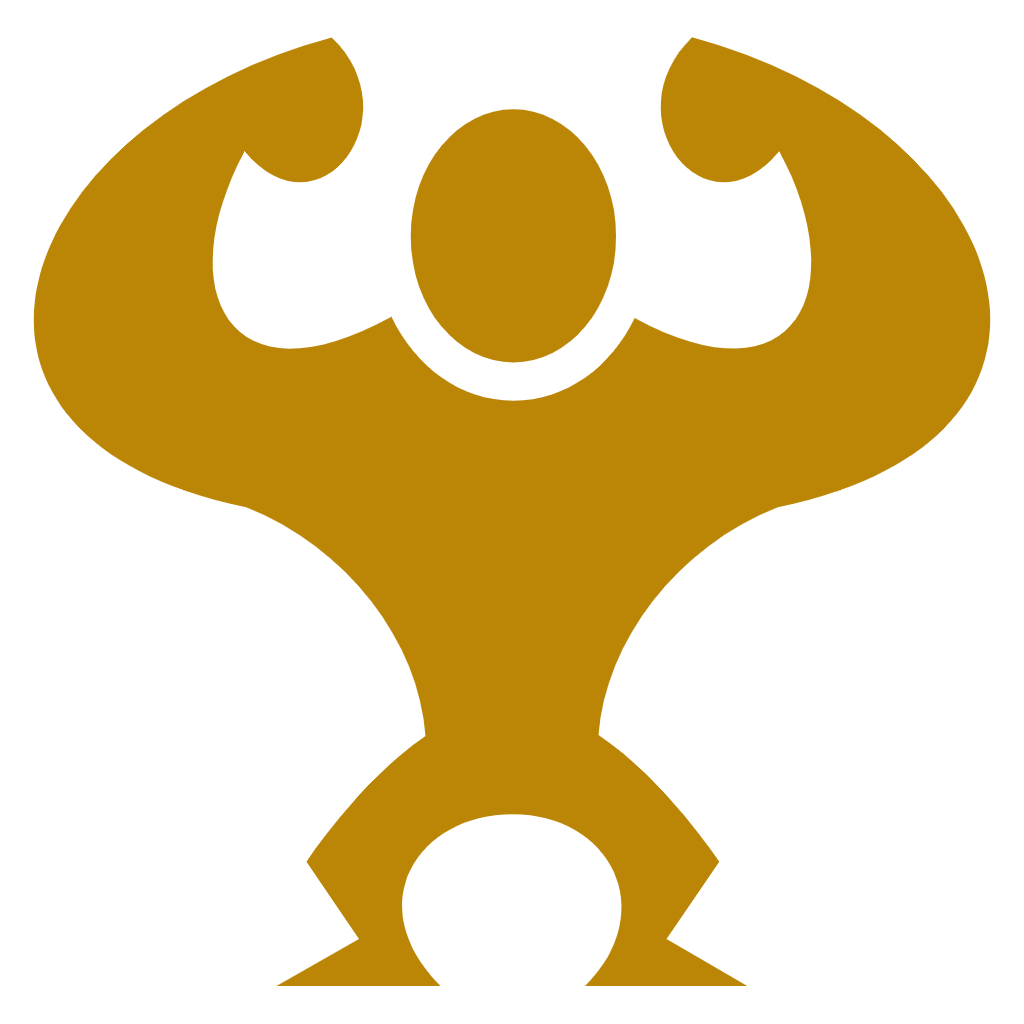
Strength is one of your three physical ability scores, measuring your physical might. Those with high Strength deal more damage with melee weapons, and can carry more heavy items.
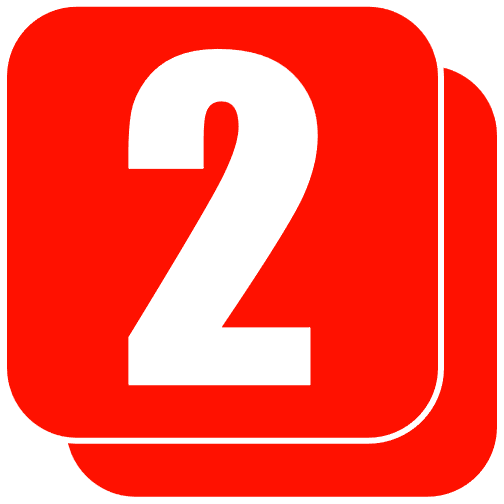
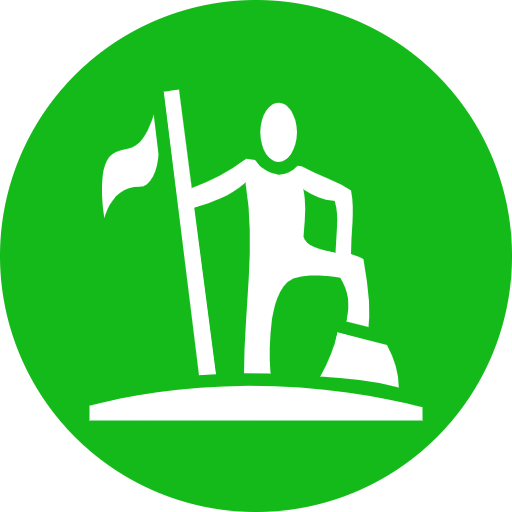


You use your sheer strength to pick up an object heavier than your maximum carry weight. You must not already be overencumbered, and you must have both hands free. The difficulty of your Lift (Strength) check is set by the GM based on the size and weight of the object itself.
Assistance: Helpers make a Lift (Strength) check.
| Success: | You are able to lift the object with both hands. You may carry it for up to three frames while moving at half speed. You are preoccupied while doing so. After three frames you must attempt another check to continue carrying the item. You take a -3 penalty for each successive Lift check. |
| Critical Success: | You lift the object with one hand, and may move at normal speed while carrying it. |
| Failure: | You are unable to lift the item, or if you were already carrying it, you must set it down. |
| Critical Failure: | If you were carrying the item, you drop it. Make a DC 15 Reflex save. If you fail, you take 1 Strength damage as the object lands on your foot. |
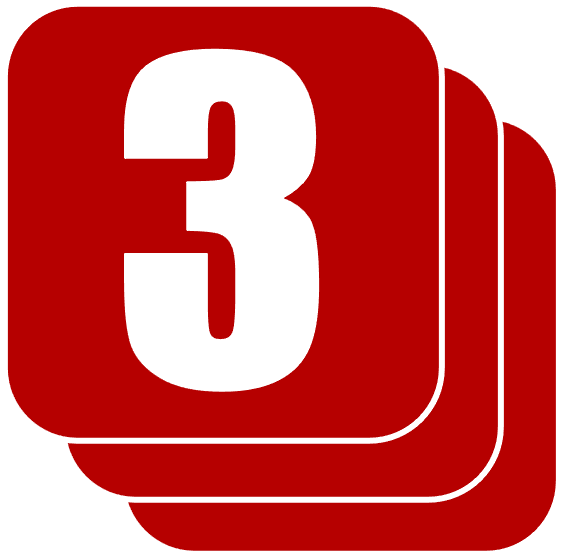


You attempt to forcefully open a locked or barricaded door or container. The difficulty of your Force Open (Strength) check is set by the GM based on the targeted object.
Assistance: Helpers make a Force Open (Strength) check.
| Success: | The passage is forced open. |
| Failure: | The passage does not open, but seems to have taken damage. You may attempt to force it again with a +3 bonus. |
| Critical Failure: | The door doesn't budge. You take Bludgeoning damage equal to 1d6 plus your Size modifier. |

You brace yourself against high winds. Make a difficulty20 Brace (Strength) check and add your Size modifier.
Assistance: Helpers make a Brace (Strength) check.
| Success: | You may move at half speed against or across the wind this turn. |
| Critical Success: | You may move unaffected by the wind this turn. |
| Failure: | You are pushed 1d4 feet in the direction of the wind, but remain standing this turn as long as you remain stationary. |
| Critical Failure: | You are knocked prone and pushed 2d6 feet in the direction of the wind. |


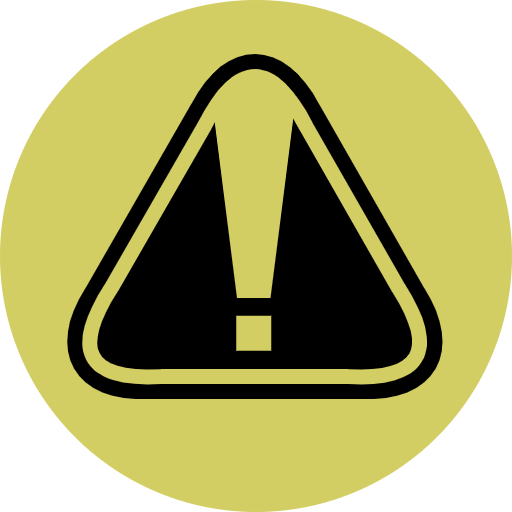
You enter the nearest seat of a vehicle within your reach.
No check is required if the vehicle is stationary. If the vehicle is moving, make a Strength check. The difficulty depends on the speed of the vehicle and the presence of any handholds.
| Success: | You hold on an enter the vehicle successfully. |
| Failure: | You remain where you were as the vehicle passes by. |
| Critical Failure: | You grab on but fail to keep hold, causing you to be knocked prone and possibly dragged behind the |




You attempt to pull yourself up to safety while hanging off of an edge or handhold. Make a Pull Up (Strength) check. If you're overencumbered, you take a -10 penalty unless you're being assisted. The GM decides the difficulty based on the presence of footholds, and the environmental conditions.
Assistance: Helpers make a Lift (Strength) check.
| Success: | You pull yourself up to solid ground and end up prone. |
| Critical Success: | You pull yourself to solid ground and stand upright as a single action. |
| Failure: | You remain hanging from the edge, and the difficulty of the next Pull Up (Strength) check you make increases by 2. This effect resets when you leave the edge. |
| Critical Failure: | You lose your grip and fall. |



You attempt to escape from restraints, such as handcuffs. Make an Escape (Agility) OR Escape (Strength) check. The difficulty is determined by the type and condition of the restraints.
Assistance: Helpers make a Strength check.
| Success: | The Restrained status effect is cleared. |
| Critical Success: | You escape from the restraints and gain one bonus frame. |
| Failure: | You remain restrained. |
| Critical Failure: | You injure yourself in your failed attempt to escape, taking 1d4 Bludgeoning damage. |


You draw your weapon as far back as it will go. The bow must be loaded and held in both hands.
Make a Strength check. Holding a drawn weapon requires concentration. If your concentration is broken, you may drop the projectile or fire it unexpectedly.
| Success: | You draw your bow to full power. |
| Failure: | You draw to half-power instead. |
| Critical Failure: | The string slips out of your grip, causing the bow to fire unexpectedly in the direction you're facing at half power. |